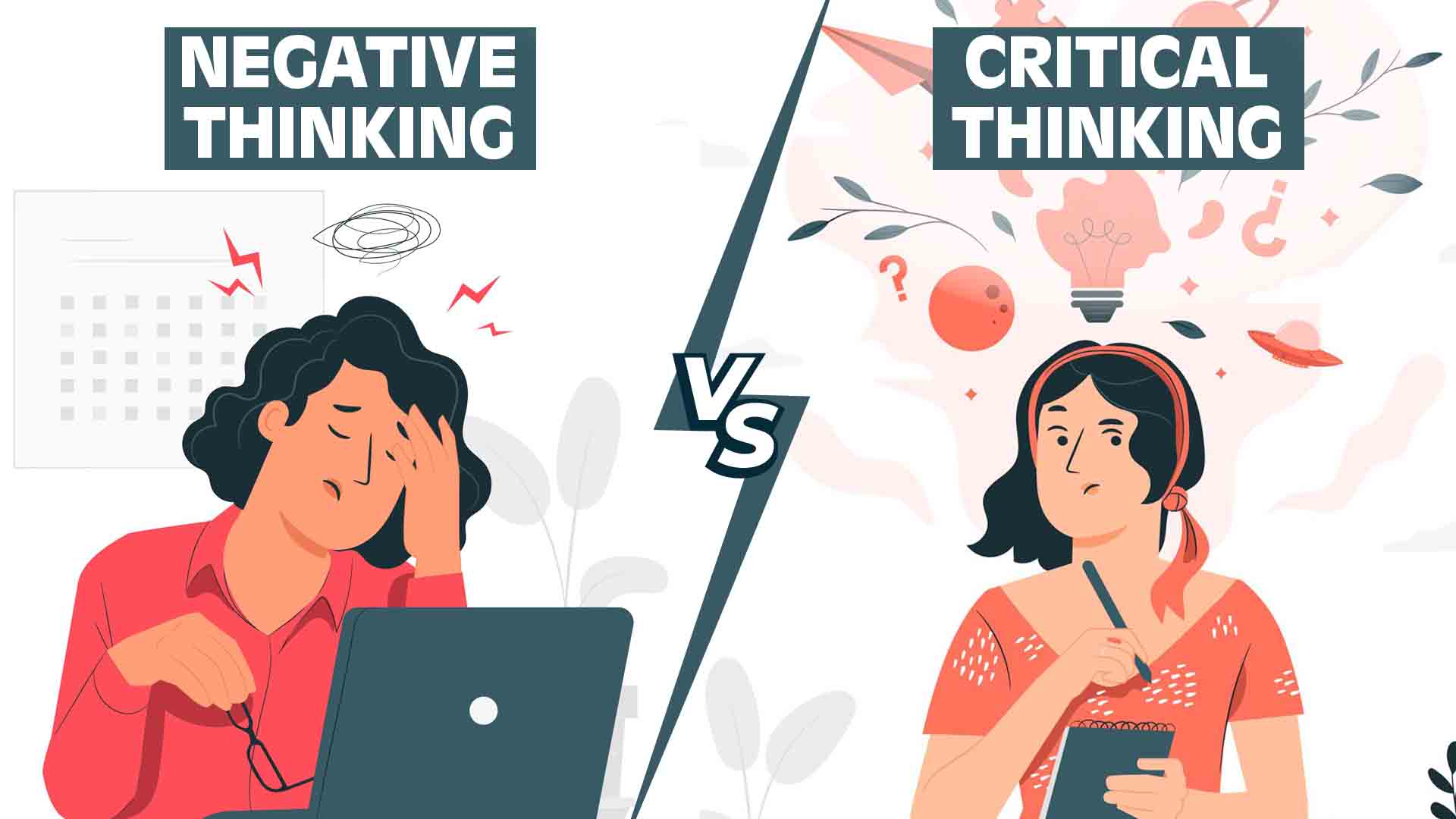Every situation we face can help us learn something. We just need to draw the right lessons and analyze it. Doing this is essential, but we often confuse analyzing with being negative.
Most people tend to have a bias that makes it easier for them to recognize all the bad aspects of something, but this rarely does justice to the situation as a whole.
When we are too negative, we might feel as if we are being critical and accurate. However, it would be more accurate to say that we are being negative. It’s fine to prepare for the worst and consider the downsides of a situation, but when we expect and see nothing but bad things, then we are limiting our thinking and vision.
There are some advantages to a negative mindset, and it’s useful to be attentive to the bad. It helps us protect our money and time against bad opportunities, for instance.
However, negative mindset has many downsides too. It means that we limit ourselves and might not take risks with big payoffs. It can make us devalue ourselves and our achievements, as we only look at the bad side of things.
Negative thinking is not critical thinking. Being critical means taking an analytical approach and examine everything, good and bad and neutral. It also means that we try to be more objective and use evidence to reach a valid conclusion.
Being negative means seeing everything through a dark filter and only allowing one type of information to come through. When you want to be critical, consider the positives as well, and all other information.
We tend to be biased towards the negative. This means we might need to make an extra effort to focus on the positives. Make sure you consider the good things and push yourself to name a few benefits or good outcomes of a situation.
This doesn’t mean you should turn into an optimist. But cultivating critical thinking involves being able to look at something from all angles.
Don’t forget to share this article on WhatsApp, Facebook, and Twitter.

